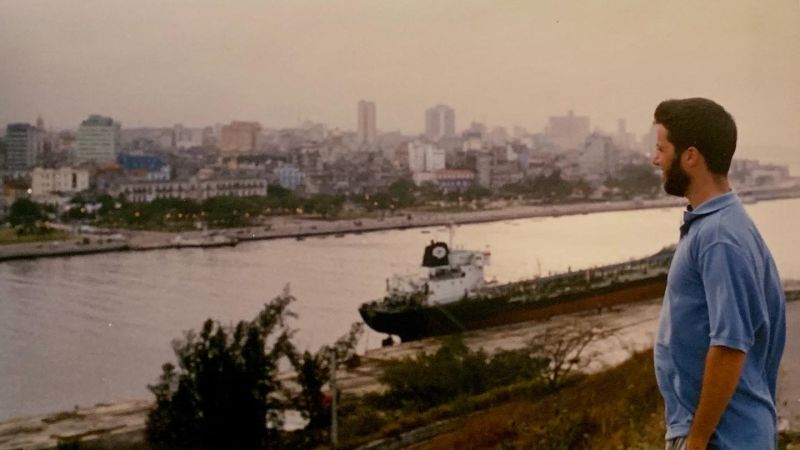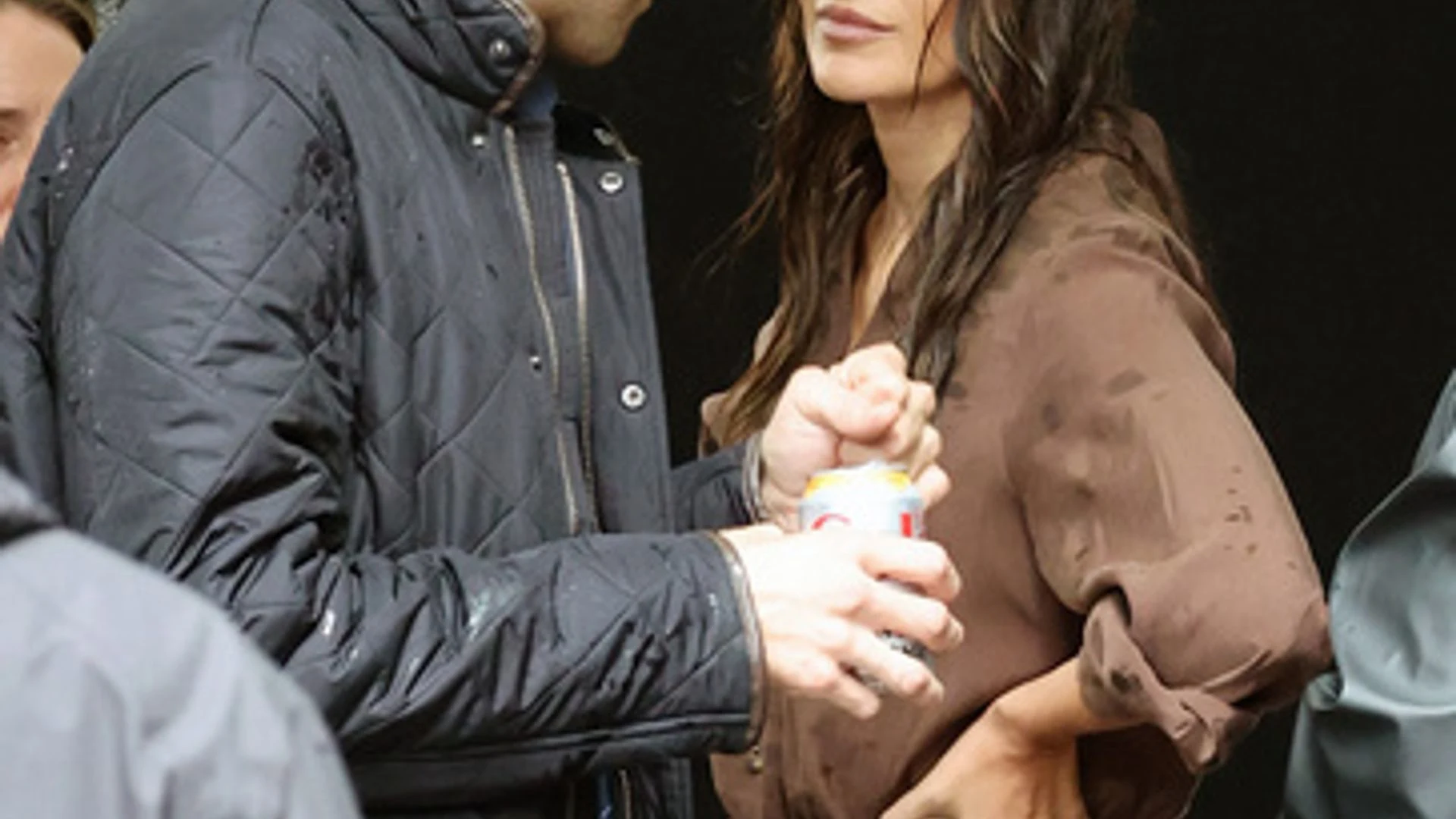Assata Shakur: I tracked down Tupac’s godmother – the FBI’s most wanted in Cuba – as a CNN intern. It was surprisingly easy

Shortly after arriving to Cuba, Assata Shakur was stopped by a policeman, not because she was a wanted fugitive and convicted cop killer in the United States but because she was Black.
It was clearly a seminal moment for Shakur, a Black Liberation Army member (perhaps now better known as godmother to Tupac) who would later die with a $2 million bounty on her head at the age of 78, as announced Friday by the Cuban Foreign Ministry.
In one of the few interviews she granted, I once asked Shakur if she had found the revolutionary paradise she was seeking in Cuba. She responded by telling me about the Cuban police officer who asked for her papers one day on the street because of her skin color – discriminatory treatment Afro-Cubans have long complained about – but then let her go immediately upon realizing she was a foreigner.
“He thought I was tourist, if he only knew,” Shakur told me. “Look there’s racism here, there’s racism in the United States. The difference is that the people at the top in the United States are the ones perpetuating that racist system and the leadership here are trying to dismantle it.”
It was 1998 and Cuba’s upstart revolution was barely hanging on following the collapse of the Soviet Union and the disappearance, practically overnight, of billions of dollars in subsidies from Moscow. There was a widespread expectation that Fidel Castro’s socialist experiment might soon join the statues of Marx and Lenin being dispatched to the ash heap of history. And that almost certainly would mean lengthy jail sentences back home for the dozens of US fugitives hiding out on the communist-run island.
I was a 21-year-old college student doing a summer internship with CNN’s Havana bureau when I had the dubious notion to track down Shakur, the most wanted US fugitive living in Cuba who had at that point evaded the long arm of American law enforcement for nearly 20 years.
It was surprisingly easy to do.
Shakur, who was also known as Joanne Chesimard, had been granted political asylum by Castro in 1984 after she was convicted in 1977 of gunning down a New Jersey State trooper and then escaped from prison two years later, beginning her life on the run.
For many in White America, Shakur was an unrepentant cop-killer, part of a domestic terrorist group that would set off bombs and rob banks in the name of their struggle.
But for some in Black America, she was revolutionary royalty. The godmother and step-aunt of rapper Tupac Shakur, Shakur herself became a symbol of resistance to law enforcement abuses during an era when the FBI committed widespread illegal surveillance of leftist groups.
Defiant signs declaring “Assata Shakur is Welcome Here” went up on houses in African American communities across the US following her escape from prison.
Shakur considered herself a political exile, that had she had been marked for assassination by the FBI and the Cuban government had saved her life by granting her asylum.
But even though she was by far the most wanted US fugitive on the island, Shakur did not, initially at least, keep a low profile.
She wrote books, appeared in a documentary, gave lectures to visiting students and was spotted once in the VIP section of the annual massive May Day parade in Havana.
There were dozens of other US fugitives of justice living in Cuba, many of them would-be revolutionaries that had arrived on the island thinking Castro’s government would provide them the military training to become the next Che Guevara but instead they were given menial jobs and forgotten. Many clashed with Cuba’s regimented society and did jail time for minor offenses.
Years later when I asked a Cuban diplomat why they had offered continued asylum to a group of misfits who never seemed to adapt to life in Cuba, he replied, “Back then if it annoyed the United States government, that was a good enough reason to do something.”
My break tracking down Shakur came when one former Black Panther I met, who had hijacked a passenger airplane to Cuba and was making ends meet hustling as a guide for tourists, told me he knew the US’ most wanted fugitive on the island.
They had met by chance in a shared taxi and initially Shakur had adopted a fake name and what he described as ridiculous Jamaican accent. Finally, he wore her down and she admitted who she was.
He knew how to contact her and after some insisting told me to go to the restaurant at the Hotel Comodoro on the outskirts of Havana two nights later.
At the appointed time, Assata Shakur strode into the empty restaurant.
I had expected her to have bodyguards or Cuban government minders shadowing her but she came by herself – even if she seemed unsure of why she was meeting me at all.
“What university did you say you went to?” she asked me.
When I told her Duke, she replied, “Isn’t that where the CIA does all their recruiting?
For an hour, she dodged my questions with practiced ease about the incident that led to her murder conviction (injured herself in the shootout, Shakur claimed she would have been unable to have pulled the trigger).
When I asked how she arrived in Cuba after escaping prison, Shakur again refused to answer.
“Friends helped me and they could still get in trouble,” she said.
She appeared to have no regrets for attempting to carry out armed revolution in the United States except that her exile came at a cost for Cubans.
“I know they use me to punish Cuba and I am sorry for that,” she said.
Then she asked me questions about life in the US and politics and who I thought would win the 2000 presidential election. It dawned on me eternal exile was probably quite dull most days and living in a bubble of Cuban government censorship, she was starved for news from back home.
When she finally ended our interview and walked off into the night, I asked our waitress if she had seen that woman before.
“Oh yes,” the waitress said, ”She lives a few blocks from here.”
When I returned to Cuba 15 years later as CNN’s Havana correspondent, I tried to track Shakur down for second interview, but the conditions of her exile were changed.
The FBI had made her the first woman on their list of most-wanted terrorists and raised the reward for her to $2 million dollars. Posters with Shakur’s face and the reward hung inside the US Embassy in Havana and were seen by hundreds of Cubans each day as they waited for visa appointments. Cubans were getting online for the first time and the odds were increasing that she could be recognized. With the US just a 90-mile boat ride across the Straits of Florida, someone might get a crazy idea.
As Shakur had feared, her continued presence on the island came at a cost and was one of the principal reasons for the Trump administration to reinstate Cuba on the list of countries that support terrorism.
I tried to find her at the house near the Hotel Comodoro where she had been living but it appeared to have been abandoned for years.
There were no more books or interviews or lectures to students. I talked to people who had known her and they said Shakur had just vanished.
Somehow, in the age of ubiquitous camera phones and social media, there was not one sighting of her in over a decade. Once again, Assata Shakur had gone underground. How she pulled that off is one last mystery she carries with her to the grave.



